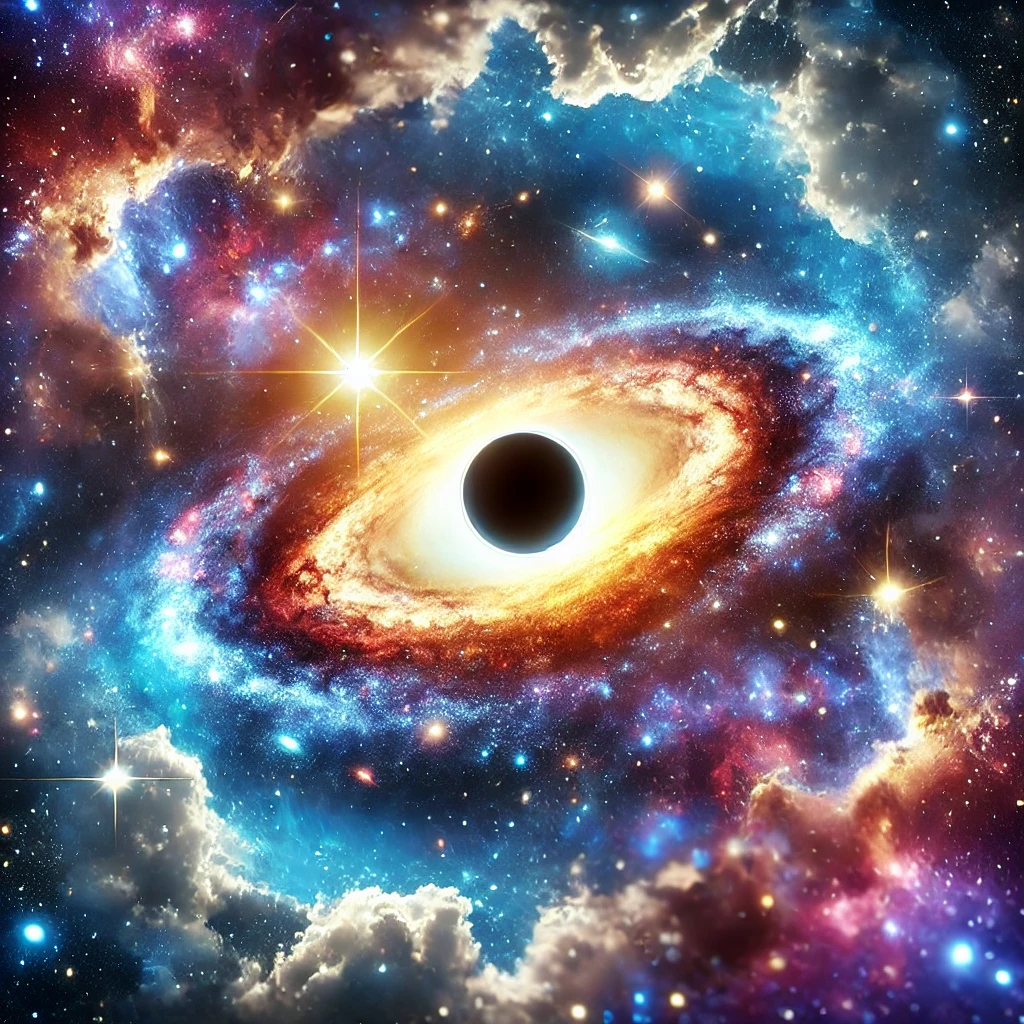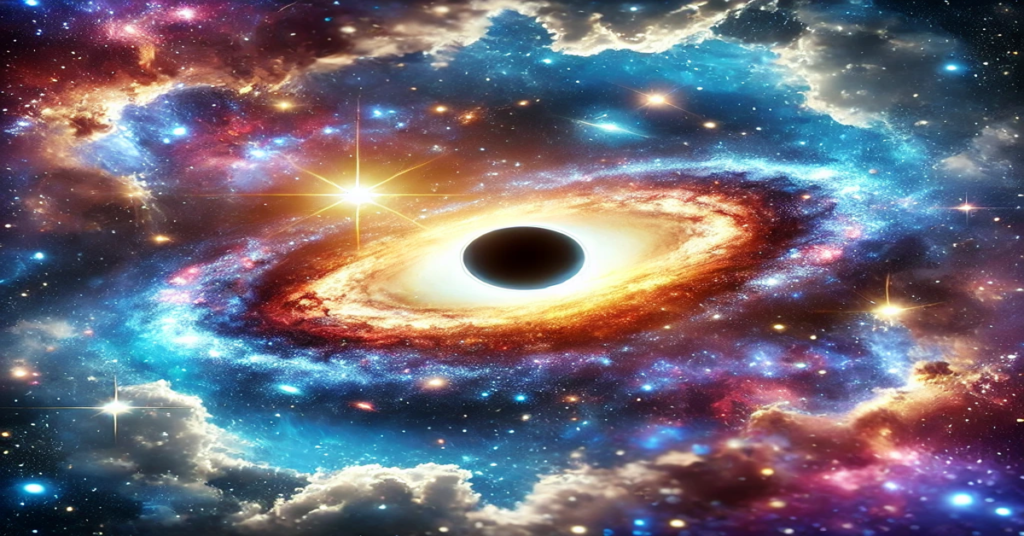Fascinating Theories of the Universe: Exploring the Wonders of Space Science. Discover the Fascinating Theories of the Universe & dive into Exploring the Wonders of Space Science. Unravel the mysteries of our cosmos today!
Mysteries of the Universe | Space Documentary 2023
Fascinating Theories of the Universe: Exploring the Wonders of Space Science
Fascinating Theories of the Universe: Exploring the Wonders of Space Science
My fascination with the Fascinating Theories of the Universe: Exploring the Wonders of Space Science started years ago. I marveled at the night sky. Each star seemed to carry a story. My curiosity led me to many books & documentaries. They opened my mind to vast possibilities.
The Big Bang Theory
The Big Bang Theory remains one of the most widely accepted explanations for the origin of the cosmos. This theory suggests that the universe began approximately 13.8 billion years ago. A massive explosion initiated the expansion of space. Galaxies, stars, & planets formed from this initial event. One significant piece of evidence supporting this idea is the cosmic microwave background radiation. This extremely faint radiation is a remnant of the heat from the Big Bang. It permeates the universe, providing a snapshot of the early cosmos.
An important aspect of the Big Bang Theory is that it argues against the idea of a static universe. Prior to this theory, many believed the universe always existed, unchanged. The Big Bang suggests a dynamic & evolving universe. It raises fascinating questions about what came before the explosion. Scientists continue to explore these possibilities.
- The universe is expanding.
- Galaxies move away from each other.
- Evidence supports the Big Bang through cosmic background radiation.
- Current models predict future universe behavior.
While the Big Bang Theory does not explain everything, it provides valuable insights. It remains a crucial part of space science discussions. As scientists learn more, our understanding of the universe may evolve.
The Steady State Theory
The Steady State Theory presents an alternative view to the Big Bang Theory. Proposed in 1948 by Fred Hoyle, Thomas Gold, & Hermann Bondi, it suggests that the universe is eternal & unchanging. According to this theory, even as galaxies recede, new matter forms. This process creates a continuous, unchanging cosmos.
One significant advantage of this theory is that it aligns with the idea of a homogeneous universe. The universe looks the same, regardless of where you observe it. Proponents of the Steady State Theory argue against a singular event as the universe’s origin. Nonetheless, it faced criticism as observations of distant galaxies suggested an evolving cosmic landscape.
| Pros | Cons |
|---|---|
| Consistent with a static universe. | Contradicts evidence from cosmic background radiation. |
| Supports a continuous creation of matter. | Fewer predictions for observable phenomena. |
Despite its decline in popularity, the Steady State Theory captures interest. Its discussions inspire curiosity about the universe’s nature. Questions about its initial state remain relevant. Researchers continue examining evidence for & against this idea, keeping discussions lively.
Quantum Cosmology
Quantum Cosmology merges two fields: quantum mechanics & cosmology. This approach seeks to explain the universe’s behavior at both microscopic & macroscopic scales. Quantum mechanics describes the bizarre behavior of tiny particles. Meanwhile, cosmology focuses on the large-scale structure of the universe. Combining these fields offers fresh insights into unexplored phenomena.
A notable element of Quantum Cosmology is the idea of a multiverse. According to this concept, our universe may exist among many others. Each universe can have different laws of physics. This theory expands our understanding of reality, pushing the limits of traditional science.
- Challenges classical physics assumptions.
- Encourages innovative thinking in theoretical physics.
- Hypothesizes multiple universes existing simultaneously.
- Investigates black holes & their implications.
Quantum Cosmology opens avenues for many thought-provoking questions. What if multiple realities exist? How do black holes fit into this picture? As scientists delve deeper, they unveil new mysteries of the cosmos.
Dark Matter & Dark Energy
The universe consists mainly of dark matter & dark energy. Each plays a vital role in shaping cosmic behavior. Dark matter remains invisible, yet its presence is undeniable. It exerts gravitational effects on visible matter. Without it, galaxies would not hold together. Evidence for dark matter arises from galaxy rotation speeds. Observations indicate that galaxies rotate faster than expected. The additional mass of dark matter accounts for this anomaly.
Dark energy presents another puzzle within space science. This mysterious force drives the universe’s accelerated expansion. Observations indicate that galaxies move apart at increasing speeds. Dark energy comprises approximately 68% of the universe, yet little is known about it. Researchers pursue answers to its nature & origin.
| Aspect | Dark Matter | Dark Energy |
|---|---|---|
| Composition | Unknown particle type | Mysterious energy field |
| Importance | Holds galaxies together | Causes acceleration of expansion |
| Percentage of Universe | 27% | 68% |
Ad
Visit Now
Exploring dark matter & dark energy continues to excite scientists. Many experiments aim to uncover their secrets. Understanding these elements could reshape our knowledge about the universe. As research progresses, more answers may emerge.
String Theory
String Theory presents an ambitious framework to unite all fundamental forces. It suggests that tiny, vibrating strings form the building blocks of the universe. String Theory diverges from traditional particle physics. Instead of point-like particles, it introduces one-dimensional strings. The vibrational patterns of these strings determine particle properties.
This theory also proposes additional dimensions. Most people comprehend only three spatial dimensions. String Theory suggests up to 11 dimensions may exist. This idea is both mind-bending & intriguing. Imagining extra dimensions presents numerous possibilities for scientific exploration. String Theory also aims to reconcile quantum mechanics & general relativity.
- Attempts to unify all fundamental forces.
- Proposes additional dimensions.
- Reveals a concept of vibrating strings as fundamental elements.
- Encourages diverse approaches to physics.
Despite its challenges, String Theory captivates many physicists. It remains difficult to test experimentally. Be that as it may, its implications promote innovative thinking within the scientific community. Researchers continually seek ways to verify & apply its principles.
The Fermi Paradox
The Fermi Paradox poses a striking question: where are all extraterrestrial civilizations? Given the vastness of the universe, many expect to have encountered intelligent life. Yet, no concrete evidence supports this hypothesis. This paradox raises significant inquiries about life & its existence in the cosmos.
One explanation for the Fermi Paradox is the “Rare Earth Hypothesis.” This idea suggests that complex life forms require a rare combination of factors. Conditions must be just right for intelligent life to thrive. Another possibility is the Great Filter theory, which argues that civilizations often self-destruct before achieving interstellar capability.
| Theory | Description |
|---|---|
| Rare Earth Hypothesis | Complex life requires a unique set of circumstances. |
| Great Filter | Civilizations may self-destruct before leaving their planet. |
These theories spark conversation. Researchers continue investigating potential indicators of life. The search for extraterrestrial intelligence (SETI) explores numerous avenues. As technology advances, our understanding may change.
Time Travel Theories
Time travel theories generate much excitement & intrigue. They challenge our perception of time itself. The concept suggests that traveling into the past or future is possible. Various scientific theories explore how this might occur. General relativity allows for the possibility of time dilation. As an object approaches the speed of light, time slows for it compared to stationary observers.
Another theory regards wormholes. These hypothetical structures could connect separate points in space & time. If such a connection existed, it may allow instant travel between distant locations. Be that as it may, practical challenges remain. Stability, energy requirements, & paradoxes pose significant obstacles for scientists.
- Time dilation occurs near light speed.
- Wormholes may connect different time periods.
- Paradoxes create theoretical challenges.
- Understanding time itself remains elusive.
The allure of time travel continues to captivate minds. It often appears in science fiction, but it also prompts serious thought. Researchers explore possibilities & challenges associated with this concept. Time travel, while speculative, inspires wonder throughout the scientific community.

Astrobiology
Astrobiology investigates the potential for life beyond Earth. It combines elements of biology, astronomy, & geology. Scientists explore conditions that could support life on other planets. This field considers various environments in our solar system & beyond. Mars is one primary focus, given evidence of past water presence.
Another intriguing area involves the moons of Jupiter & Saturn. Europa, a moon of Jupiter, has a subsurface ocean. Enceladus, a moon of Saturn, also shows signs of water gushing from its icy surface. These environments create suitable conditions for life to exist.
| Target Celestial Body | Potential for Life |
|---|---|
| Mars | Historical evidence of water |
| Europa | Subsurface ocean |
| Enceladus | Water geysers detected |
Astrobiology encourages creativity in thinking about life beyond Earth. It raises essential questions about existence. Researchers continue searching for signs of life. With advancements in technology, they explore new possibilities in this captivating field.
“The universe is not only queerer than we suppose, but queerer than we can suppose.” – J.B.S. Haldane
Conclusion of Theories in Space Science
The study of Fascinating Theories of the Universe: Exploring the Wonders of Space Science captivates many. Each theory provides a unique perspective on existence. From the Big Bang to String Theory, each idea challenges our understanding. Enthusiasts & scientists continue seeking deeper meanings. The universe remains an uncharted territory, promoting our curiosity.
What are some of the most intriguing theories about the universe?
Some of the most intriguing theories about the universe include the Big Bang Theory, which explains the origin of the universe; the Multiverse Theory, suggesting the existence of multiple universes; & String Theory, proposing that the fundamental components of the universe are one-dimensional “strings” rather than point-like particles. Each theory offers unique insights & challenges our understanding of space & time.
How does dark matter affect the universe?
Dark matter plays a crucial role in the universe by exerting gravitational forces that hold galaxies together & influence their movement. Although it cannot be observed directly, its presence is inferred from its gravitational effects on visible matter. Understanding dark matter is essential for unlocking the mysteries of galaxy formation & the overall structure of the cosmos.
What is the significance of black holes in space science?
Black holes are significant in space science because they represent the extremes of gravitational forces & test the limits of our understanding of physics. They can affect their surroundings by bending light & pulling in nearby matter. The study of black holes also provides insights into the nature of space-time & quantum mechanics, making them a key focus in theoretical physics.
What theories explain the expansion of the universe?
The expansion of the universe is primarily explained by the Big Bang Theory & the concept of cosmic inflation. The observation that galaxies are moving away from each other led to the understanding that the universe has been expanding since its inception. Dark energy is another crucial element in this expansion, as it is thought to be responsible for the accelerated rate at which the universe is expanding.
Are there theories that describe what happened before the Big Bang?
Yes, several theories attempt to describe what might have occurred before the Big Bang. One such theory is the cyclic model, which posits that the universe undergoes infinite cycles of expansion & contraction. Another idea is the concept of a quantum foam, where fluctuations at the quantum level could have given rise to the Big Bang. These theories continue to be explored by cosmologists & physicists seeking to understand the origin of our universe.
More Scientific Knowledge = Scientific Knowledge
In conclusion, Fascinating Theories of the Universe: Exploring the Wonders of Space Science shows us just how amazing our cosmos truly is. From black holes to the Big Bang, there’s so much to learn & discover. These theories invite us to ponder the mysteries surrounding us, making us realize there’s always more to explore. Whether you’re a space enthusiast or just curious, diving into these ideas can spark your imagination & keep you wandering among the stars. Let’s keep looking up & uncovering the wonders that space science has to offer!
Ad
Visit Now



